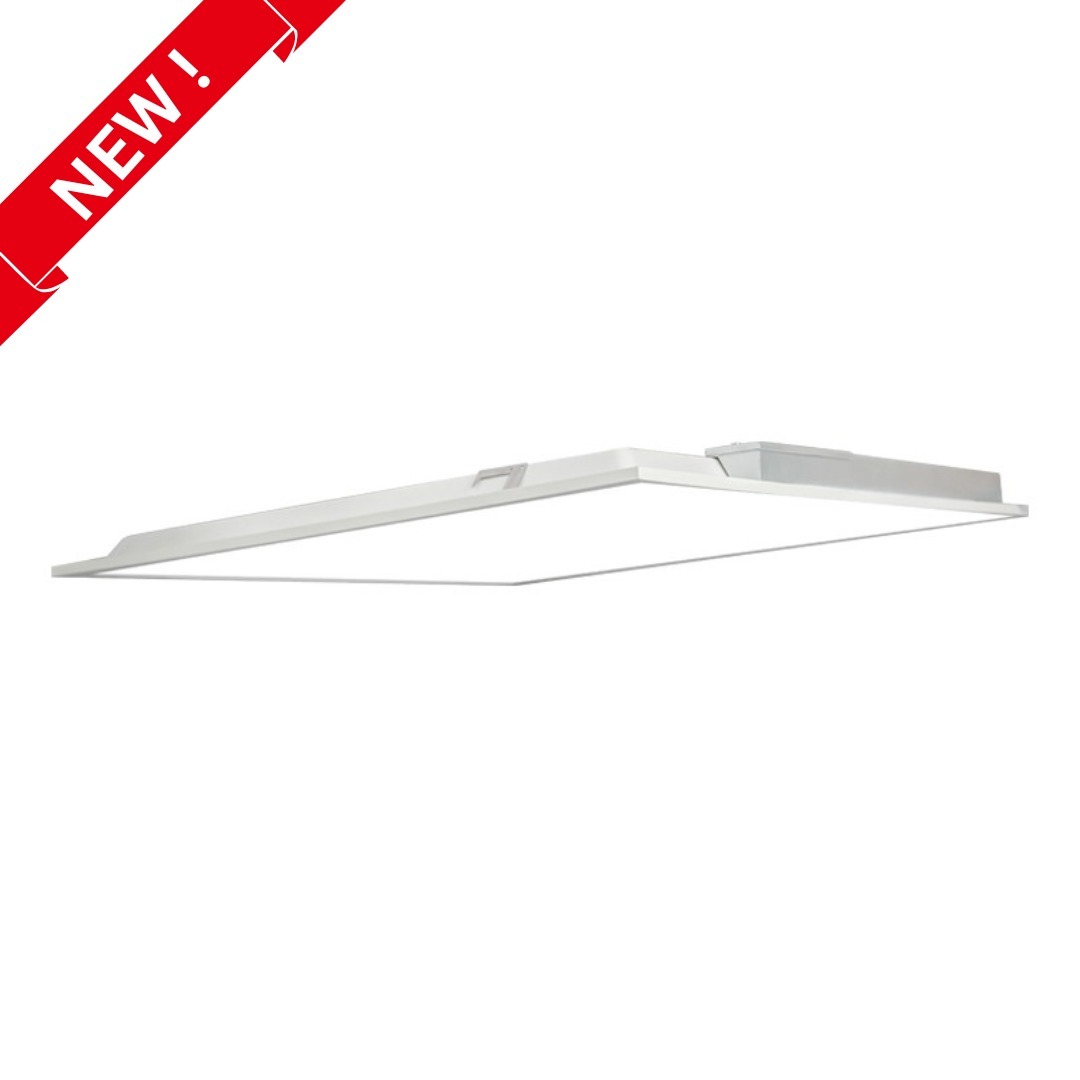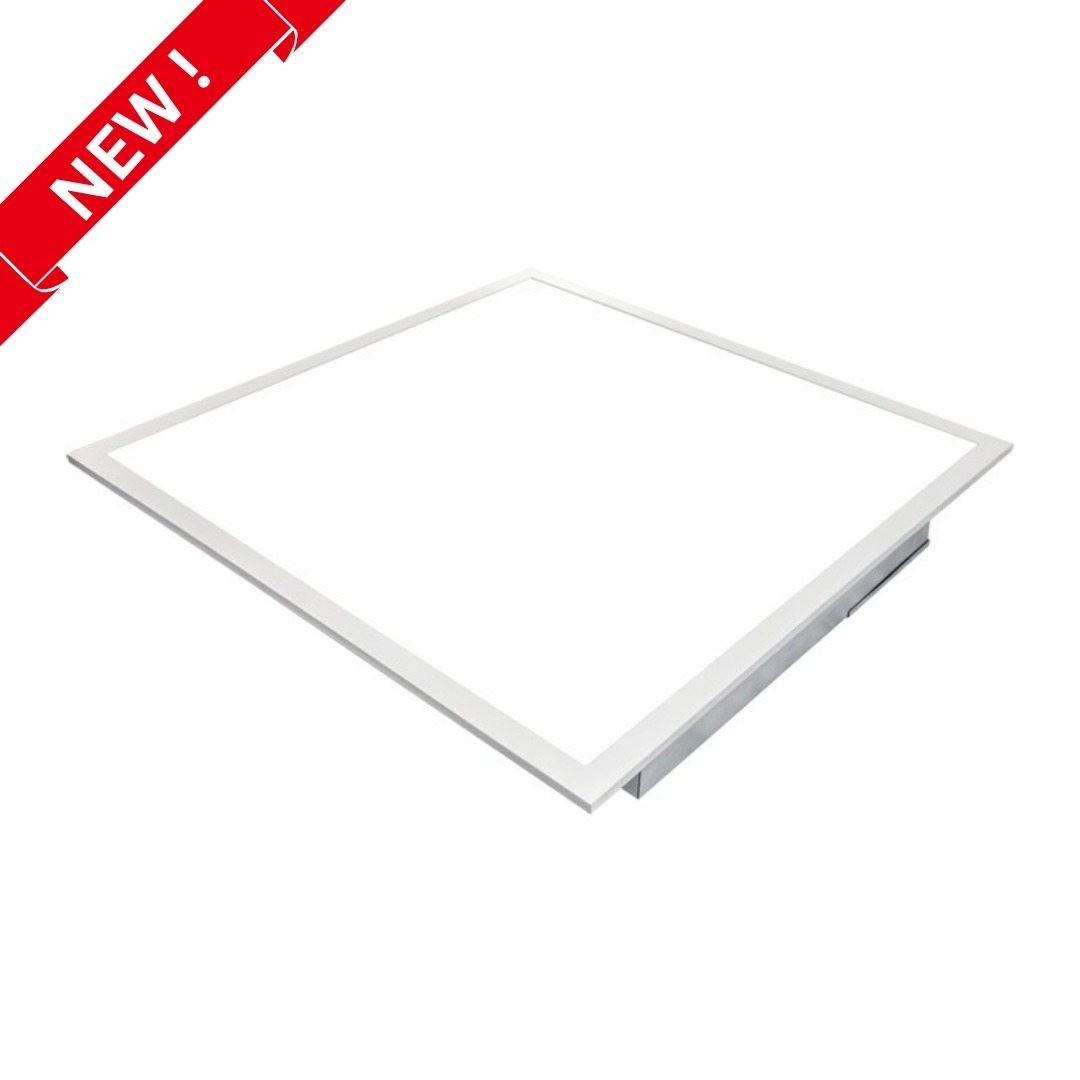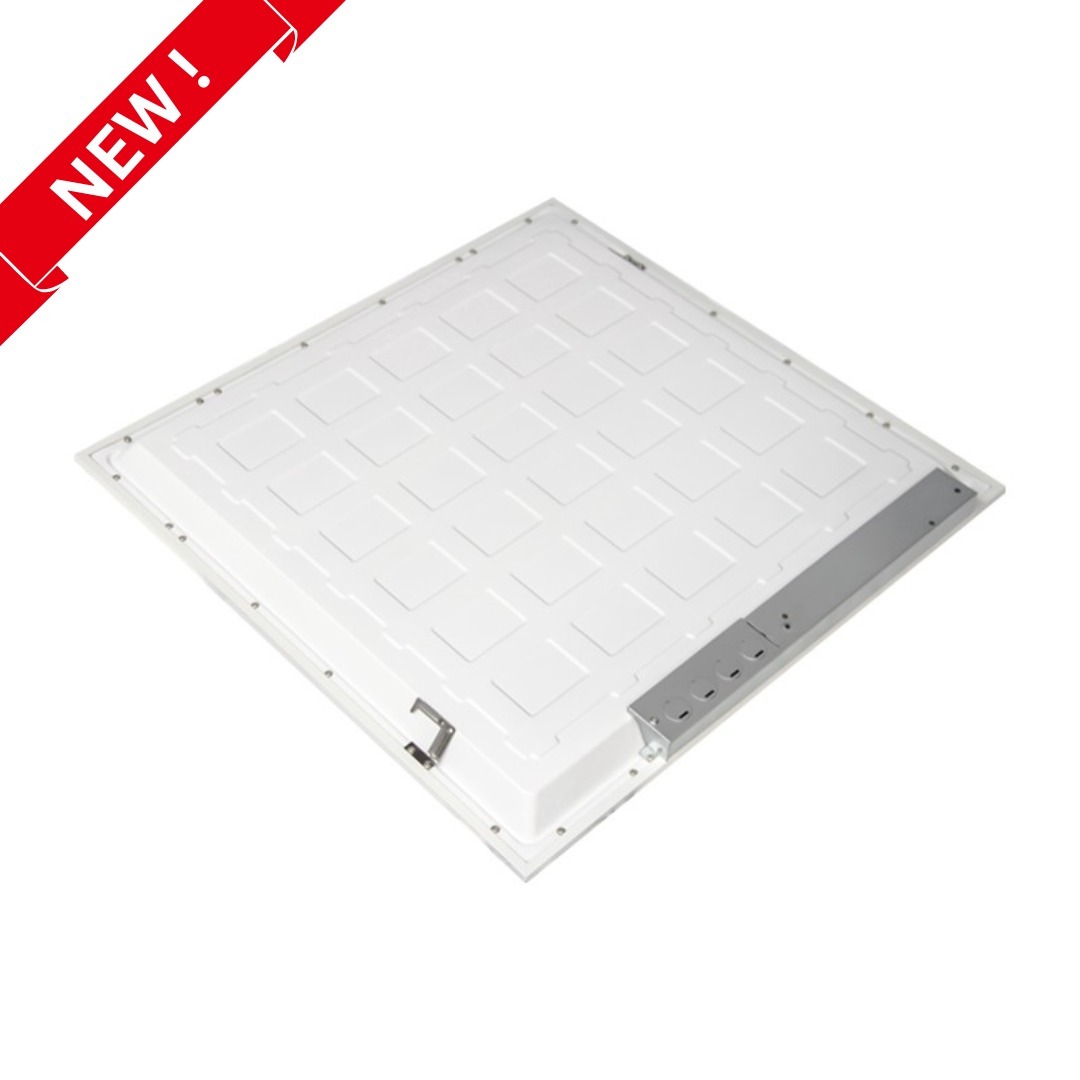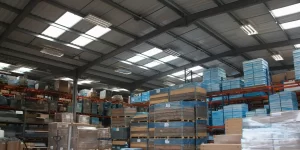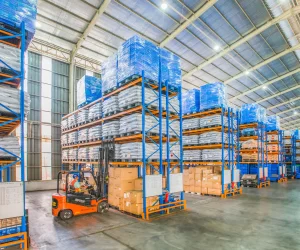In the competitive world of retail, creating an engaging and memorable shopping experience is essential for attracting and retaining customers. While factors such as product quality, pricing, and customer service are undeniably crucial, the physical environment of the store plays a significant role in influencing consumer behavior. Among the various elements that contribute to the overall ambiance, the role of lighting in retail stores stands out as one of the most powerful tools at a retailer’s disposal. Effective retail store lighting does more than simply illuminate the space; it enhances the appearance of products, creates a welcoming atmosphere, and subtly guides customers through the store, ultimately encouraging them to explore, engage, and purchase.

Photo from Nola via pinterest
The Impact of Lighting on Consumer Behavior
Lighting in a retail setting has a profound impact on how customers perceive the store and its products. It can influence their emotions, shape their impressions of the merchandise, and even affect their purchasing decisions. Here’s how lighting can make a difference:
- Highlight Key Products:
Strategic use of retail lighting design can draw attention to specific products or displays, making them stand out in the customer’s field of vision. Whether it’s a seasonal promotion, a new product launch, or a high-margin item, well-placed lighting can ensure these products catch the customer’s eye, especially in window displays and focal points within the store.
- Create Ambiance:
The lighting scheme in a store can set the tone for the entire shopping experience. For example, a luxury boutique might use soft, warm lighting to create an intimate and exclusive atmosphere, while a modern electronics store might opt for bright, cool lighting to convey a sense of innovation and efficiency. The ambiance created by the lighting can influence how long customers stay in the store and how they feel while shopping.


Photo from fiphoto via iStock
- Enhance Product Appearance:
The importance of right lighting can bring out the best in the products on display. For instance, in a fashion store, well-designed lighting can highlight the texture and color of fabrics, making clothing appear more vibrant and appealing. In a grocery store, fresh produce can be made to look more appetizing under lighting that mimics natural daylight. By enhancing the appearance of products, lighting can help increase their perceived value and desirability.
- Guide Customer Flow:
The role of lighting in retail stores can also be used to direct the flow of traffic within the store. By illuminating certain areas or pathways more brightly, retailers can subtly guide customers towards specific sections or encourage them to explore the entire store. This technique can be especially useful in larger retail spaces where it’s important to manage customer movement efficiently.
- Increase Sales:
Ultimately, effective lighting can lead to increased sales by creating a more appealing shopping environment. When customers feel comfortable and engaged in the space, they are more likely to spend time browsing and, as a result, make purchases. Good lighting can also enhance the overall brand image, making the store more memorable and encouraging repeat visits.
Types of Retail Store Lighting
To achieve the desired effect, it’s important to understand the different types of lighting available and how they can be used in a retail setting. Each type of lighting serves a specific purpose and contributes to the overall lighting design:
- LED Downlights:
LED downlights are a versatile lighting option that can enhance both the aesthetic and functional aspects of a retail space. These lights, often recessed into the ceiling, provide a clean and modern look while delivering focused, directional lighting. They are ideal for creating a sense of depth and dimension in the store, especially when used as accent lighting to highlight specific areas or products without overwhelming the overall lighting scheme. Their energy efficiency and long lifespan make them a cost-effective choice for retailers looking to enhance their lighting design.


- LED Panel Lights:
LED panel lights are another energy-efficient option that provides even, diffused ambient lighting across a broad area. These lights are typically installed in ceilings and are excellent for achieving a uniform, well-lit environment. LED panel lights are particularly useful in larger retail spaces where consistent lighting is needed to ensure that products are clearly visible and the shopping experience is comfortable for customers. Their sleek design also adds a modern touch to the store’s interior, complementing a wide range of retail aesthetics.
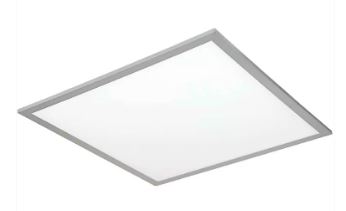

Best Practices for Retail Store Lighting
To maximize the impact of your store’s lighting, it’s important to follow certain best practices that take into account both the aesthetic and functional aspects of lighting design:
- Layer Your Lighting: The most effective retail lighting schemes use a combination of different types of lighting to create a dynamic and visually interesting environment. By layering ambient, accent, and task lighting, you can achieve a balanced and cohesive look that enhances both the products and the overall shopping experience. Each layer of lighting should complement the others and work together to create the desired atmosphere.
- Adjust Lighting for Different Times of Day: The lighting needs of a store can change throughout the day, particularly if the space receives natural light. In the morning and early afternoon, natural light may be sufficient, while in the evening, artificial lighting may need to be increased to maintain the same level of brightness. Consider using dimmers or smart lighting systems that allow you to adjust the intensity and color temperature of the lighting based on the time of day and the natural light available.
- Consider the Customer’s Journey: Think about how customers move through your store and use lighting to guide their journey. Start by illuminating the entrance to create an inviting first impression, then use accent lighting to highlight key areas or products as customers navigate the space. By considering the customer’s perspective, you can create a lighting plan that enhances the shopping experience and encourages exploration.
- Keep Energy Efficiency in Mind: While creating the perfect ambiance is important, so is energy efficiency. Opt for LED lights, which are not only long-lasting but also consume less energy than traditional bulbs. LED lighting is available in a wide range of color temperatures and can be used for both general and accent lighting. Additionally, consider using motion sensors or timers to ensure that lights are only on when needed, further reducing energy consumption.
- Regularly Update Your Lighting: Just like any other aspect of your store’s design, lighting should be updated periodically to keep the space feeling fresh and relevant. Lighting trends and technologies evolve over time, and what worked a few years ago may no longer be the best option. Regularly review your lighting design and make updates as needed to ensure that your store remains visually appealing and aligned with your brand.
5 FAQs
- What type of lighting is best for showcasing products?
- Accent lighting is ideal for highlighting specific products or displays, making them stand out to customers. It creates focal points and draws attention to key merchandise, enhancing its visual appeal.
- How can I make my store’s lighting more energy-efficient?
- Switching to LED lights, which consume less energy and have a longer lifespan, is a great way to reduce energy consumption. Additionally, incorporating natural light and using smart lighting controls, such as dimmers and motion sensors, can further enhance energy efficiency.
- How often should I update my store’s lighting?
- It’s a good idea to review your lighting every few years or whenever you make significant changes to your store’s layout or branding. Regular updates ensure that the lighting remains effective, aligned with current trends, and reflective of your brand’s identity.
- Can lighting really affect sales?
- Yes, effective lighting can significantly impact sales by creating a more inviting and visually appealing shopping environment. When customers feel comfortable and engaged, they are more likely to spend time browsing and make purchases. Good lighting also helps to highlight products, making them more attractive and desirable.
- How do I choose the right lighting for my store’s brand?
- Consider your brand’s identity and the atmosphere you want to create. For example, a luxury brand might opt for warm, soft lighting to create an intimate and exclusive ambiance, while a tech store might prefer bright, cool lighting to convey a sense of innovation and modernity. The key is to align the lighting with your brand’s personality and the experience you want to offer your customers.













